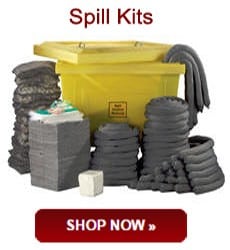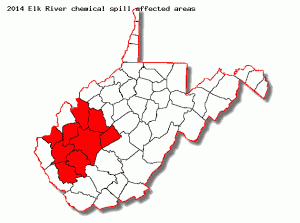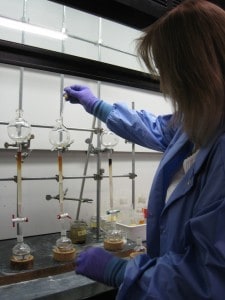In an era where environmental protection and safety are paramount, understanding the importance of EPA standards for gas cans is crucial.
These regulations are designed to reduce harmful emissions, prevent spills, and protect both the environment and public health.
Whether you’re an environmentalist, a homeowner, or a business owner, this comprehensive guide will help you navigate the landscape of EPA gas can regulations, highlighting their benefits, practical applications, and future trends.
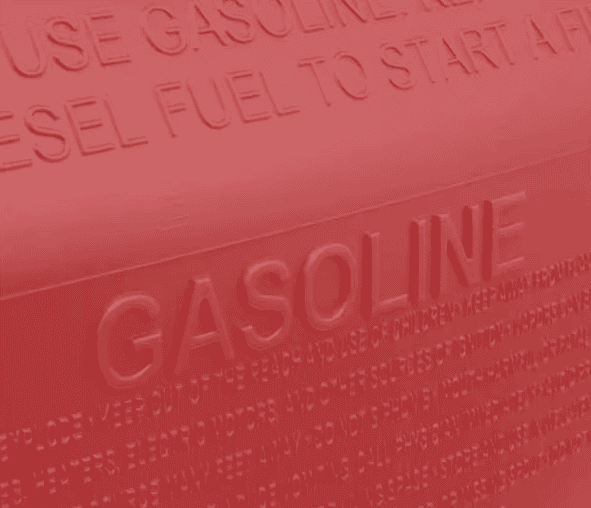
Understanding EPA Standards for Gas Cans
What Are EPA Standards?
The Environmental Protection Agency (EPA) has enacted specific standards for gas cans to minimize the release of volatile organic compounds (VOCs). VOCs contribute to air pollution and can have detrimental health effects. EPA’s regulations ensure that gas cans are designed to be spill-proof and limit the evaporation of gasoline.
Key Regulations and Standards
The primary standards include requirements for automatic shut-off spouts, flame arrestors, and child-resistant features. These regulations aim to:
- Reduce Spills: Automatic shut-off spouts are designed to prevent overfilling and accidental spills, ensuring a cleaner and safer refueling process. These spouts automatically stop the flow of fuel when the container reaches its capacity.
- Minimize Evaporation: Sealed containers with low permeation rates are specifically engineered to limit the escape of gasoline vapors, thus preserving fuel quality and reducing harmful emissions. This feature is crucial for maintaining fuel efficiency and environmental safety.
- Enhance Safety: Child-resistant features and flame arrestors are integrated to significantly reduce the risk of accidental fires and burns. These safety mechanisms prevent young children from accessing the fuel and protect against ignition sources, ensuring a safer environment for everyone.
Compliance and Certification
Manufacturers must comply with these standards to receive EPA certification. Look for the EPA certification label when purchasing gas cans to ensure they meet all regulatory requirements.
Benefits of Using EPA-Approved Gas Cans
Environmental Protection
EPA-approved gas cans significantly reduce the emission of harmful VOCs into the atmosphere. By limiting gasoline evaporation and preventing spills, these cans help protect air quality and reduce the overall environmental impact.
Promoting Safety
Safety is a key benefit of using EPA-compliant gas cans. Features like flame arrestors and child-resistant closures prevent accidents, making these cans safer for use in homes and businesses. This not only protects individuals but also mitigates the risk of fires and explosions.
Economic Advantages
While EPA-approved gas cans may have a higher upfront cost, their durability, and efficiency can save money in the long run. Reduced fuel loss through evaporation and spills means more gasoline is available for use, ultimately leading to cost savings.
Adopting EPA Standards at Home and in Business
For Homeowners
Homeowners can take several steps to comply with EPA standards:
- Purchase EPA-Certified Gas Cans: Ensure all gasoline containers are certified by the EPA to meet environmental and safety standards. This certification guarantees that the containers are designed to minimize fuel emissions and prevent leaks.
- Proper Storage: Store gas cans in a cool, dry place away from direct sunlight to reduce evaporation and prevent potential hazards. It’s also advisable to keep them in a well-ventilated area to avoid the buildup of dangerous fumes.
- Regular Maintenance: Check for any signs of damage, wear, or corrosion on your gas cans. Regularly inspect the seals and spouts to ensure they are functioning correctly. Replace gas cans as needed to maintain compliance with safety regulations and to ensure both your safety and the environment’s protection.
For Business Owners
Business owners need to adopt more comprehensive measures:
- Employee Training: Educate employees on the importance of EPA standards and proper handling of gas cans. This includes training sessions on how to safely fill, transport, and store gas cans to prevent spills and reduce environmental impact.
- Storage Solutions: Invest in secure storage facilities to keep gas cans in optimal conditions. These facilities should be well-ventilated, away from direct sunlight and heat sources, and equipped with safety measures to handle potential leaks or spills.
- Regular Audits: Conduct periodic checks to ensure all gas cans meet EPA standards and replace non-compliant containers. These audits should include a thorough inspection of the cans’ condition, ensuring they are not damaged or deteriorating, and verifying their compliance with the latest regulations.
Practical Tips
- Always close the spout tightly after use to prevent vapor release.
- Use a funnel to avoid spills when transferring gasoline.
- Keep gas cans away from ignition sources to enhance safety.
Recent Innovations in EPA-Approved Gas Cans
Advanced Materials
Recent innovations in materials science have led to the development of gas cans using advanced polymers that further reduce permeation rates. These materials are more durable and environmentally friendly.
Improved Spout Designs
New spout designs feature ergonomic handles and automatic shut-off mechanisms that make fuel transfer easier and safer. These designs also minimize the risk of spills and vapor release.
Smart Gas Cans
The integration of IoT (Internet of Things) technology into gas cans is on the horizon. Smart gas cans can provide real-time data on fuel levels, usage patterns, and alerts for potential issues, offering a modern solution to fuel management.
The Future of EPA Standards and Gas Can Technology
Stricter Regulations
As environmental concerns grow, it is likely that the EPA will introduce stricter regulations to further reduce VOC emissions. Future standards may require even lower permeation rates and additional safety features.
Technological Advancements
Ongoing research and innovation will continue to improve gas can technology. Expect to see more eco-friendly materials, smarter designs, and enhanced safety features in the coming years.
Global Impact
EPA standards could serve as a model for international regulations. As more countries recognize the importance of reducing VOC emissions, similar standards may be adopted globally, leading to broader environmental benefits.
Conclusion
Navigating the landscape of EPA standards for gas cans is essential for environmentalists, homeowners, and business owners alike. By understanding these regulations and adopting compliant practices, we can significantly reduce harmful emissions, enhance safety, and protect our environment.
Whether you’re purchasing a gas can for personal use or managing fuel storage in a business, choosing EPA-approved containers is a step towards a cleaner, safer future. Stay informed about regulatory changes and technological advancements to ensure you remain compliant and take advantage of the latest innovations.
Take action today by ensuring your gas cans meet EPA standards and share this knowledge within your community. Together, we can make a meaningful impact on our environment and safety.
For more information on eco-friendly fuel storage and gas can safety, visit our website or contact us directly. Let’s drive towards a sustainable future, one EPA-approved gas can at a time.
Get Your EPA-Approved Eagle Safety Gas Can Today!
Ready to make a difference? Get your EPA-approved Eagle Safety Gas Can from AbsorbentsOnline today!
Not only will you be enhancing safety and compliance at home or in your business, but you’ll also be contributing to a cleaner environment by reducing harmful VOC emissions.
Visit AbsorbentsOnline to choose from a wide selection of certified gas cans that meet all EPA standards. Invest in quality, safety, and sustainability—purchase your Eagle Safety Gas Can now and join the movement towards a greener future.
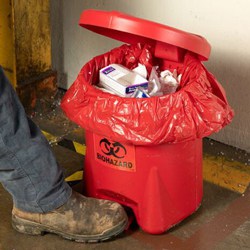
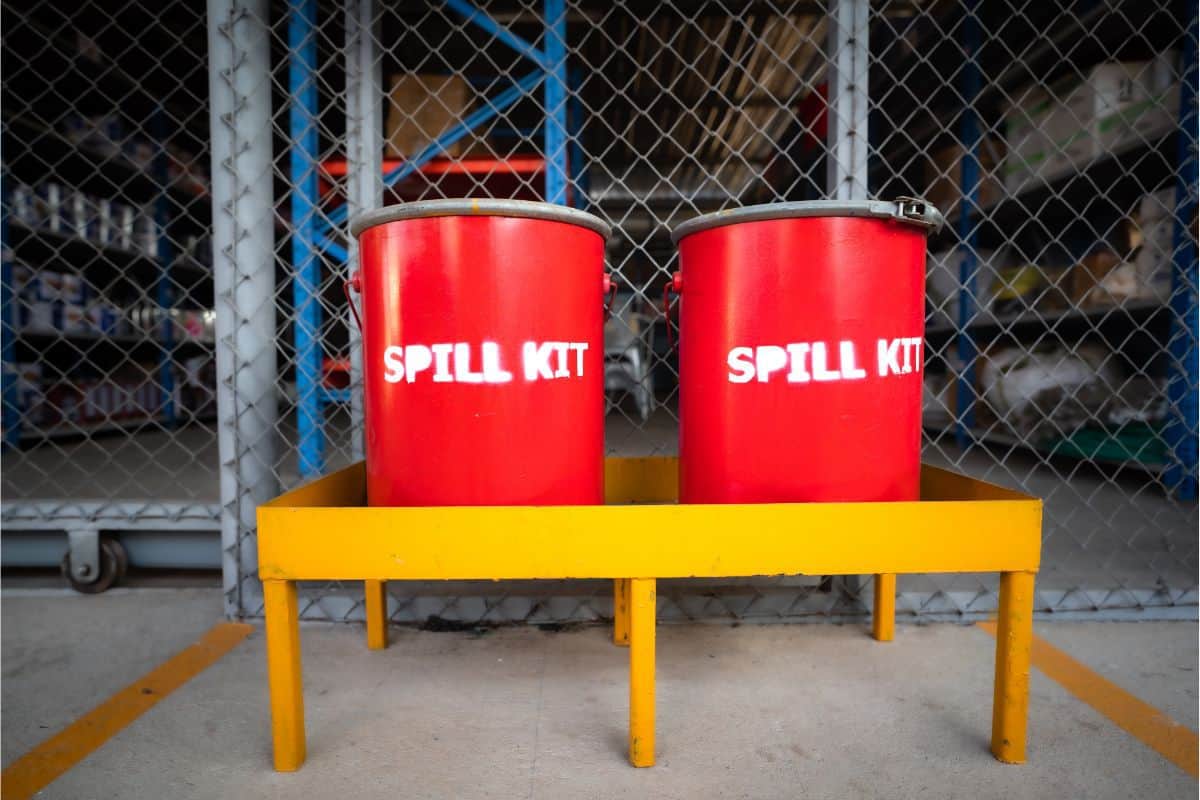
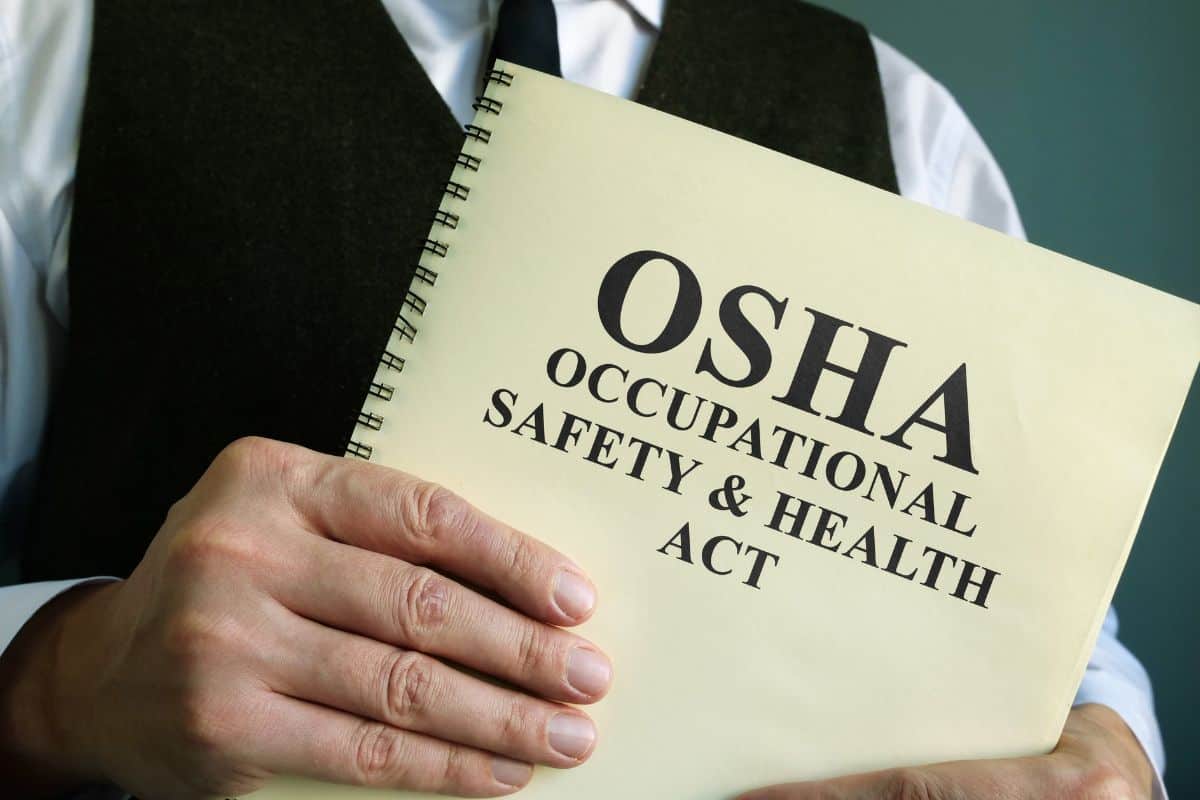


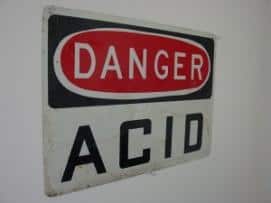


 Do you have the right safety products on hand for your workplace? To find out, contact Angie Meza at
Do you have the right safety products on hand for your workplace? To find out, contact Angie Meza at 
 With their spill response plans in place, here are three main types of
With their spill response plans in place, here are three main types of 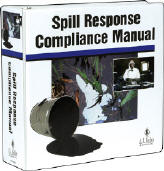



 Most people in the workforce today don’t remember a time before OSHA. But nearly 50 years ago, there was no law saying any business leader had to provide a safe workplace for his or her employees.
Most people in the workforce today don’t remember a time before OSHA. But nearly 50 years ago, there was no law saying any business leader had to provide a safe workplace for his or her employees.